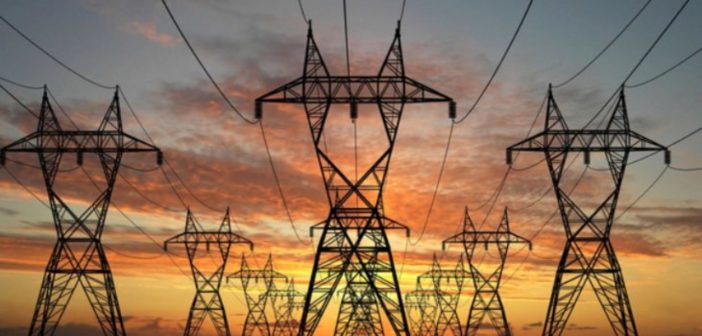How to Boost Property Value Through MRO Savings
While the US currently has a booming economy and the unfortunate memories of the 2008 recession are in the rearview mirror, there’s been a lot of debate about whether we’re in a late cycle (aka pre-recession) economy.
It does seem increasingly likely that a downturn looms in the not-too-distant future. However, even if that’s not the case, over-development in certain urban markets means that rents are, in many cases, already maxed out—so it seems clear that no matter what happens, the traditional method of increasing value by raising rent is increasingly less of an option.
But should we sound the death knell just yet? Not by a long shot.
Established institutional asset managers have learned how to actually increase their property’s valuation while cutting costs. Best of all, no rent hike is required.
What’s their secret? These asset management companies have learned that cutting MRO (Maintenance, Repair, and Operations) costs is often an effective way to maximize valuations during a late cycle economy. In fact, the key to maximizing the value of a real estate business is to control your costs because any improvement goes straight to the bottom line.
Want to learn more? First, we need to lay a little groundwork, so bear with us.
How Property Valuation Works
Let’s use an institutional asset management company that has a target price of $100 million for a group of properties. Two metrics are going to be the primary way to make that happen:
- NOI – Represents the net operating income for the property
- Capitalization rate (or Cap Rate) – Represents the return on investment (ROI) an investor is looking for and therefore also represents the multiple that a potential buyer would be willing to pay for the NOI that is generated.
The first step is to determine the cap rate you expect at the time of sale. To keep things simple, let’s assume a cap rate of 5%. This represents a 20x multiple for the NOI generated and means that the properties must generate $5 million in NOI to achieve this target.
There are basically two ways to increase NOI -- either increase rent per occupied square foot (revenue) or reduce expenses (costs). The problem for most property owners or managers is that they have very little control over the rent they can charge without running the risk of pricing themselves too far above the market and lowering occupancy levels.
In the property management world, gaining leverage and greater control over the cost side of the business is a stronger, more predictable way to increase the value of a property or portfolio.
An Example of How Lowering MRO Costs Increases Property Values
While smarter, data-driven MRO purchasing can certainly help you reduce costs, you can lower them even further by opting into a purchasing cooperative. When you buy through a purchasing cooperative, you can take advantage of its network of suppliers and aggregated buying power to receive higher discounts. A reduction of MRO procurement costs by 7%-25% is likely.
For example, a large institutional investor with $30 billion in managed assets recently began using Raiven’s MRO Marketplace. We worked with them to manage $2 billion of their portfolio and saw 20% procurement savings. If we extrapolate those numbers across their entire portfolio, the client would gain a $150 million increase in property valuation almost overnight. This is just one example of how purchasing cooperatives can help businesses fend off unnecessary expenses and add to their bottom line.
Unfortunately, far too often MRO spend is treated as an afterthought in a company’s supply chain. By treating it as a strategic component with data-based decision making and by leveraging aggregated buying power, you can turn your organization’s MRO procurement savings into a decisive competitive advantage.



